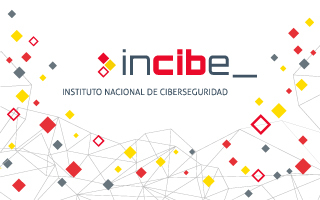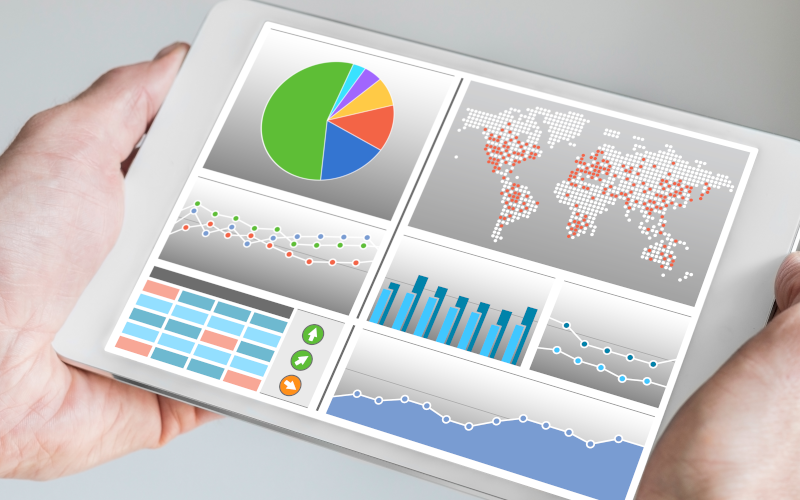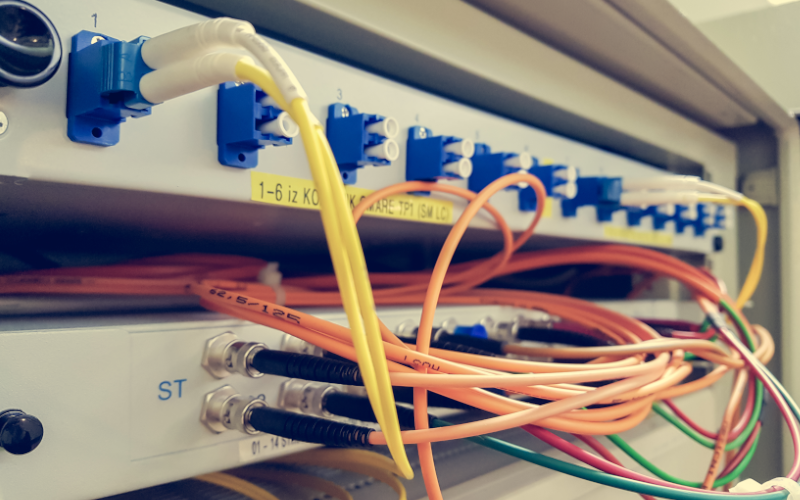




The ability to monitor and analyze the behavior of users and entities becomes crucial for early detection and response to potential threats. UEBA solutions identify unusual or anomalous patterns in user behavior, enabling rapid identification of internal threats or external compromises. This post focuses on how UEBA analysis is becoming an essential tool for a cybersecurity strategy, from identifying suspicious behavior to preventing potential security breaches.

The agri-food sector is one of the most critical sectors today because it is one of the most important sectors for the country's economy, as it produces food.
This sector, like many others, is in continuous evolution. An example of this is the automation and digitalization of the many processes that are carried out. These new technologies bring many advantages, such as more efficient processes, less water consumption, detection of possible risks, etc. These great advantages also bring with them some problems, such as increased exposure to cyber-attacks.
Therefore, this article provides some basic knowledge to make the industry aware of the importance of implementing cybersecurity in their technologies.

In the industrial environment, the interconnection of industrial equipment for maintenance via the Internet is becoming increasingly common. However, this has also opened the door to a new and dangerous landscape of threats. This article reviews one of the most representative threats within this current new paradigm, APTs, how concern about this type of threat is increasing, and how they operate during an industrial attack.

UMAS (Unified Messaging Application Services) is a Schneider Electric (SE) proprietary protocol used to configure and monitor Schneider Electric programmable logic controllers (PLCs). While it is true that the protocol is related to this manufacturer, the use of the protocol is quite widespread in different sectors, especially the energy sector, as is obvious.
The article will focus on the technical breakdown of the protocol and the use of the protocol. The article will also show weaknesses, strengths and some technical vulnerabilities detected in this protocol.

Today, rail transport is a key strategic sector, both for the transport of people and goods of all kinds. It is also a sector in constant evolution and progress, which has adopted new technologies, from Wi-Fi zones for employees and customers, to new remote distributed control technologies, GPS and IoT.
While all applied technologies provide many advantages, they can also bring problems and introduce cybersecurity risks. The objective of this article will be to raise awareness of some of the most important cyber-attacks that have occurred in the industry and to contribute to the general awareness of the evolution of railway cybersecurity and cyber-attack protection measures available to the industry.




